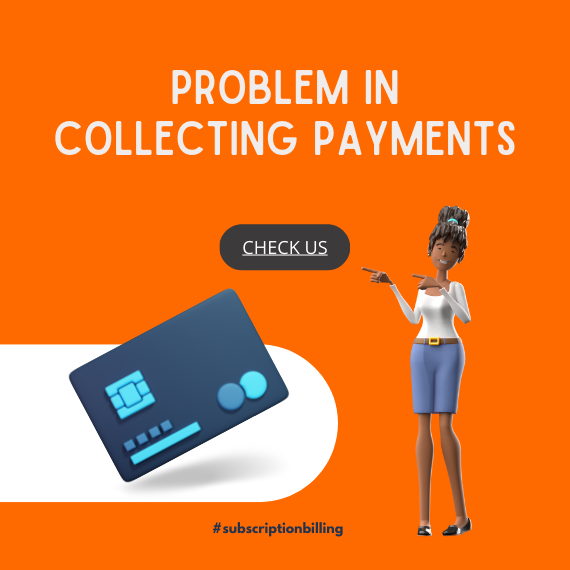How Dunning works in SEPA?

THE MAJESTIC METHOD OF CROSS-BORDER TRANSACTION:
Hi, I'm Single Euro Payments Area , fondly called as SEPA.
This is my story, which is quite interesting and inspirational.
My Humble Beginning:
- Mr European Council announced my grand arrival to the world in 2008 for credit transfers.
- By the time we reached 2009 direct debits where allowed too.
- 2014 saw the implementation in the euro area only and 2016 in non-euro area SEPA countries as well.
- I grew in leaps and bounds with multiple transactions by creating a single market for payment services.
Why?
In today's fast-moving world every business needs me.
Because online transactions are everywhere and it is not just restricted to within the country with minimal cost ranging from 25- 35 cents per transactions.
Reason:
To facilitate cross-border cashless payments in euro-using countries by harmonizing payment processing across 36 countries (includes some non-euro area and non-EU countries).
How to use:
Easily set up & schedule SEPA Direct Debit payments through payment pages on your website checkout or secure payment links from subscription billing partners.
I'm filled with pride looking at the millions of global merchants using me to keep their transactions simple and safe like MYFUNDBOX does it.
Do you want to know the sneak peek of what's happening inside?
Successful Transaction:
Let's look into a real life example of one of our customers
Mr. Munich from Germany purchases electronic devices worth €100 from Mr Pablo from Spain online
To make the payment, Mr Munich prefers (me) SEPA direct debit payment from his merchant's payment methods
- He enters his bank account details giving his IBAN number.
- Initiates the transaction.
- Payment gateway reaches out to Mr Munich's bank to transfer the amount to Mr Pablo.
- The transaction is successful since there is sufficient funds in Mr Munich's bank.
Deal closed with lowest transaction charges!
How easy was that!
All these processes, border - border in just three to seven days, isn't it amazing?
Nobody is perfect.
There are 3–4% chances of transaction failure through the SEPA method.
Let's look into a real life example of another customer whose transaction failed:
Failed Transaction:
Ms Brussels from Belgium found the perfect set of aesthetic lights for her office from Ms Vienna in Austria.
She makes a transaction of 150€ for her purchase, unaware of the fact that her account possesses only 120€.
So what happens here:
- She enters her bank account details giving her IBAN number.
- Initiates the transaction.
- Payment gateway reaches out to Ms Brussels's bank to transfer the amount of 150€ to Ms Vienna's bank, that's when the deficit is known.
- Transaction fails.
- Notification is sent to Ms Vienna about the failed transaction with the chargeback fee of 7.50€ for the failed transaction.
There enters the big man Mr Dunning using whom, Ms Vienna contacts Ms Brussels to deposit the total amount including her purchase price and charge back; which she does.
Now with the sufficient amount available and strong support of Mr Dunning, who with just a click re- initiates the transaction and the deal is closed after its success.
What is Dunning's part here?
Without dunning, Ms. Vienna would have to do the whole process of
- Creating the link
- Sending again
- Ms Brussels entering the bank details again
- Initiating the transactions etc.,
Isn't it tedious?
That is why Dunning is a must in the payment methods .
That's the sneak peek what happens inside.
Let me introduce you to my dear subscription billing friend MYFUNDBOX, who by the way uses me along with multiple payment methods facilitating the dealings of merchants with their customers. Dunning management in MYFUNDBOX comes as a boon to recover revenue and gather strong customer support.

All over Europe with SEPA tagging MYFUNDBOX along!


